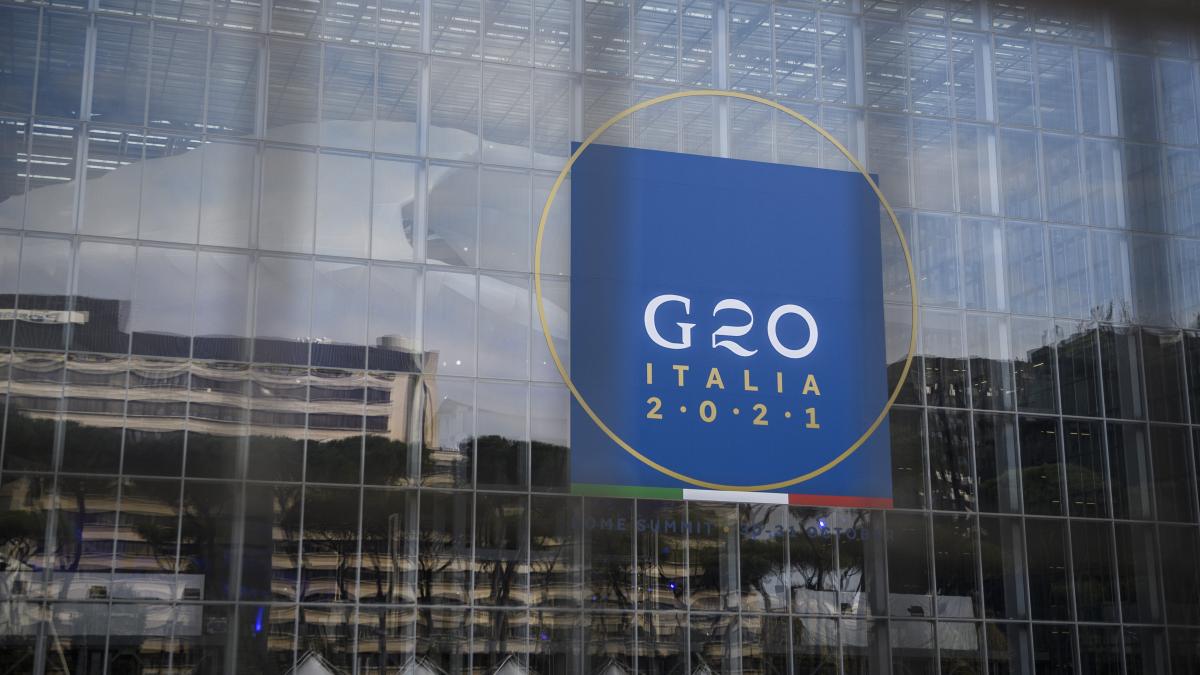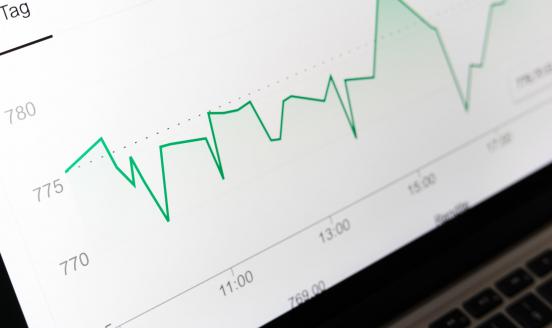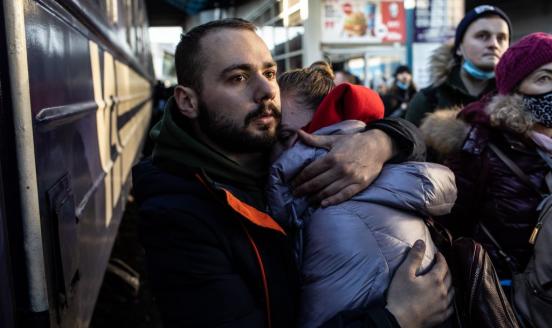Strong, balanced, sustainable and inclusive growth? The G20 and the pandemic
The G20 is not doing enough to support strong, balanced, sustainable and inclusive growth in the wake of COVID-19, with the poorest countries left beh

The G20, the leaders of which will meet in Rome on 30-31 October, considers itself the world’s leading forum for economic coordination, committed to the pursuit of strong, balanced, sustainable and inclusive growth. But how effective has the G20 been in dealing with the economic crisis provoked by the COVID-19 pandemic? We assess this in two ways. First, we examine the actual and projected impact of the crisis on four sub-groups of countries, as defined in the International Monetary Fund’s World Economic Outlook (WEO): the advanced economies; China; the emerging markets apart from China; and the low-income countries. Second, we examine the evolution of the economic impact of the pandemic, as captured in successive editions of the WEO, and the flexibility of the G20 response as economic (and medical) circumstances changed.
Our focus is almost entirely on the deliberations of the G20 finance ministers and central bank governors, as set out in their COVID-19 Action Plan (published in April 2020 and refreshed periodically since) and in post-meeting communiqués. Our assessment is in two parts. First, using WEO data and projections throughout, we compare the October 2021 projections with the first detailed projections made by the IMF once both the magnitude of the pandemic and the initial policy response could be factored in fully. In this respect, we use the WEO projections of October 2020. The October 2019 WEO projections are considered a fair representation of prospects prior to the pandemic. A comparison across the three projections provides the IMF’s initial and current judgement of the global impact of the pandemic on each cohort of interest to us.
Figure 1 shows that as little as a year ago (before there was certainty on the availability and efficacy of vaccines), and even with full knowledge of the extraordinary stimulus provided by advanced countries, none of the four country groups were expected to regain pre-pandemic output levels, even by 2024. Emerging markets (excluding China) were expected to fare the worst compared to expectations in October 2019, suffering a sustained projected drop in levels of output of 10%[1]. Note that Figure 1 reflects levels of output and not the more familiar growth rates.
[1] A revision in PPP published in May 2020, led to a revaluation of output levels for 2018 and 2019, notably for China. For clarity, all GDP at PPP data were normalised to 2018 levels (2018=100). See IMF WEO October 2020, Box 1.1, for further information on PPP revision: https://www.imf.org/en/Publications/WEO/Issues/2020/09/30/world-economic-outlook-october-2020.
Source: Bruegel based on World Economic Outlook database. Groups as defined by IMF.
Figure 2 shows the change in forecast output in GDP PPP in October 2021 compared to the initial post-pandemic estimates of October 2020. This chart shows that, compared to expectations a year ago, both the emerging markets and the advanced economies are now expected to do considerably better in 2021 than was anticipated in 2020, but this is not the case for the low-income countries.
Yet the lasting impact of the pandemic is better measured by comparing the most recent forecast with the trajectory expected before the pandemic hit, in October 2019, shown in Figure 3. The clear uncoupling in trajectories compared to scenarios from 2020 is for low-income countries. By 2024, the impact of the pandemic of output levels is expected to be greater than originally thought, by 4%, which as seen in Figure 3 entails 10% lower output. Two years into the pandemic, its impact is sharply differentiated, and more unequal globally (Figure 3).
Source for both figures: Bruegel.
Figure 3 compares the October 2019 output forecasts to the October 2021 forecasts. The shapes of the curve are changed. The strong recovery for advanced economies, with output expected to peak in 2022, is anticipated to allow output levels to surpass pre-pandemic forecasts, by 4.3% in 2024. This forecast relies on the success of the strong stimulus response to the crisis. For China, the recovery in 2021 gets the country back on track to reach output levels expected pre-pandemic. Only emerging economies and low-income countries are anticipated to suffer output losses in the medium term. By 2024, emerging markets are expected to suffer a 4% output loss and, low-income countries a worrying 10% in 2024. Further, it is worth noting that for low-income countries, the curve bottoms out only in 2022 – the IMF thus anticipates that the worst impacts of the crisis are still to come for these countries.
China apart, the remainder of the emerging and developing world is still struggling to return to its pre-pandemic trajectory; only the advanced economies are back to their earlier growth path, and are expected to enjoy more robust growth prospects than was the case pre-pandemic. Clearly the October 2021 WEO forecasts are themselves contingent on the future course of the virus, and on policies adopted by the rich countries as they react to domestic labour market and price developments. Nevertheless, on present forecasts, it is difficult to argue that the recovery has been inclusive.
These elements confirm that fast and strong recovery is not equally shared worldwide. These findings flag that the pandemic has created divergences in terms of changes from pre-pandemic growth trajectories. Lastly, it shows that although emerging economies were expected to be the worst affected by COVID-19, they are performing better than first expected and should return to growth in 2021. However, the outlook for low-income countries is worse than first expected, and the full impact of the pandemic on output is not expected to be felt until next year.
The G20 response
These outcomes should not come as a surprise to G20 finance leaders (and the officials who support them). At the finance ministers’ and central-bank governors’ meeting in Washington in mid-October 2021, the review of the COVID-19 Action Plan noted with commendable frankness:
“…near-term divergences are now projected to last into the medium term: economic output in advanced economies is projected to return to pre-pandemic trends by 2022. But most emerging and developing countries will take many more years to recover…”
Yet neither in the review of the Action Plan, nor in the main communiqué, is there a proportionate and urgent response to the development tragedy that is unfolding, save for some commitments on vaccine availability and distribution. The scale of the financial challenge is noted in the same document:
“In March 2021, the IMF estimated that Low-Income Countries (LICs) would require an additional USD 200 billion between 2021 and 2025 to step up the response to COVID-19 and build minimum buffers. Accelerating convergence with advanced economies would require an additional USD 250 billion. A downside scenario of a slower global recovery could add a further USD 100 billion to these financing needs. The analysis also highlights that, because of debt sustainability concerns, LICs could cover only part of these needs through additional borrowing, while the remaining part would need to be financed through other sources.”
To be fair, the most important initiative under the G20 Action Plan at the time of its publication in April 2020 was the debt-service suspension initiative (DSSI) targeted at low-income countries, followed later in the year by the common framework for debt resolution of low-income countries. For reasons discussed in previous blog posts, the relief delivered has been modest at best. A more recent (and more substantial) initiative was the fresh allocation of Special Drawing Rights (SDRs) equivalent to $650 billion, but the mechanics of channelling these funds to low-income countries remains a considerable challenge.
Assessment
The legitimacy and value of the G20 is intimately linked to its performance in crisis management. Despite the disdain of former President Trump for summitry, and the difficult circumstances of the Saudi G20 Presidency with the impossibility of face-to-face meetings, some cohesion was demonstrated in the form of the G20 Action Plan prepared at that time. The outlook today is more sombre, despite the change of guard in the United States, and there seems to be less willingness to think imaginatively about a development catastrophe in the making. Economic recovery is highly contingent on access to vaccines. Emerging and low-income countries are severely handicapped in their capacity to rebound from the COVID-19 induced shocks because of constrained capacity for discretionary fiscal spending and constrained capacity in vaccinating their populations. Although the G20 has reasserted some commitments to ensuring global vaccine access, including in the October 2021 review of the Action Plan, it has so far come short of avoiding big discrepancies in vaccination rates. In September 2021, 58% of the population was vaccinated in high-income countries, compared to 36% in emerging economies and 4% in low-income countries. The G20 is the right platform to address the persistent shortcomings in addressing health crisis in poorer countries. The next G20 chairs will be Indonesia (2022) and India (2023). They should exercise diplomacy in support of global solidarity, not just on climate but across the board.
Recommended citation:
Bery, S. and P. Weil (2021) ‘Strong, balanced, sustainable and inclusive growth? The G20 and the pandemic’ Bruegel Blog, 29 October



